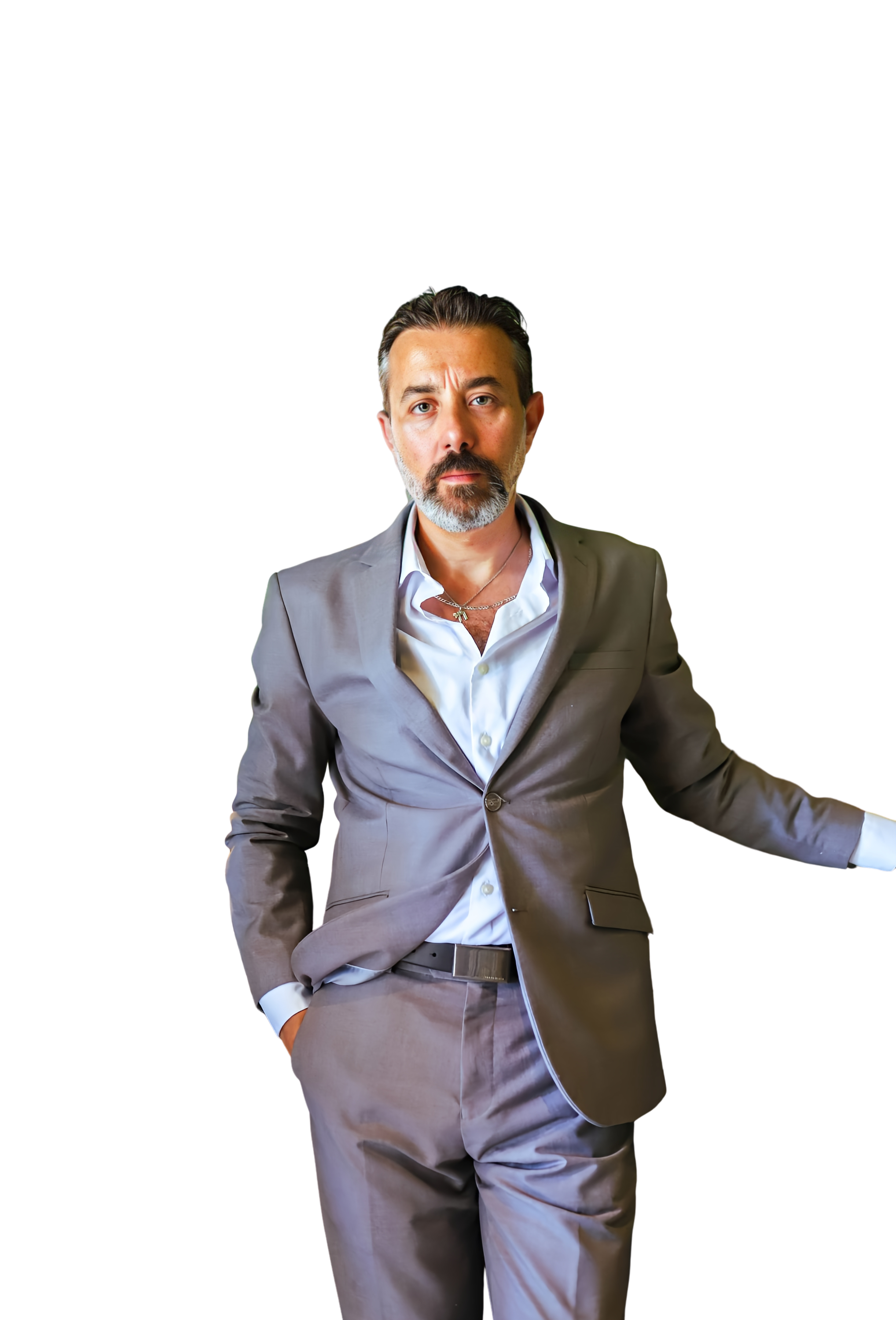Why Most People Struggle to Change (And How to Break Through)
- Ethan Starke
- Apr 1, 2025
- 4 min read
Updated: Jul 31, 2025
We all know what it feels like to want change—and feel like we’re stuck in place. You decide to wake up earlier, eat better, stop procrastinating, or finally launch the project that’s been on your mind for years. For a few days, maybe even weeks, you make progress. You feel hopeful. But slowly, inevitably, something pulls you back into old habits. The motivation fades. Life gets busy. And you find yourself right where you started—frustrated, disappointed, and convinced that maybe change just isn’t for you.
But what if the problem isn’t you? What if the problem is the approach most people take to change?
Real transformation doesn’t happen through willpower alone. It happens when you understand the psychology beneath behavior—how identity, habit, and subconscious programming work together to reinforce who you are right now. Once you understand that system, you can break it. And once you break it, change becomes not just possible—but inevitable.

The Real Reason Change Feels Impossible
Most people treat change like a battle of discipline. They try to force themselves into new routines using sheer will. But willpower is like a battery—it drains quickly. And when it runs out, we fall back into our old patterns. Why? Because those patterns are safe, familiar, and deeply embedded in our identity.
You can’t simply override years of unconscious programming with a new morning routine. If you’ve always seen yourself as “bad with money,” trying to budget won’t stick. If you believe you’re “not a morning person,” a 5am alarm becomes punishment, not progress.
The real reason most people can’t change is because they’re trying to adopt new behaviors without updating the identity that supports them. And until your identity changes, your brain will keep dragging you back to what feels familiar—even if it no longer serves you.
The Habit Loop That Keeps You Stuck
In The Power of Habit, Charles Duhigg explains how our brains create automatic routines, known as habit loops, to conserve mental energy. Each loop has three parts:
Cue – A trigger that signals the habit to start.
Routine – The behavior that follows.
Reward – The positive feeling or outcome that reinforces the loop.
Here’s the problem: these loops operate below the surface. We don’t think our way into them—they’re instinctual. So when you try to change your behavior without disrupting the loop, your brain resists. It doesn’t matter how much you “want it”—your system is wired to protect the familiar.
And here’s where it gets more interesting: most of these loops aren’t just habits. They’re emotional coping mechanisms.
You check your phone every 10 minutes not because you're addicted to the screen, but because it distracts you from discomfort. You stay in the same job, relationship, or routine not because it's what you want—but because it's what you know.
Change requires interrupting the loop—not just at the level of action, but at the level of belief.
Case Study: Nike’s Identity-Driven Transformation
Nike didn’t start as a lifestyle brand. In the 1960s, it was a niche supplier of running shoes for elite athletes. Their products were high-quality, but their story? Forgettable. The brand didn’t stand for much beyond performance gear.
But in the late 1980s, Nike began shifting from product-focused messaging to identity-driven storytelling. They launched the “Just Do It” campaign—not to sell shoes, but to tap into a deeper identity: the mindset of the athlete in all of us.
Nike wasn’t just telling you what to buy. They were telling you who to become.
The results were extraordinary. Sales skyrocketed. Nike didn’t just change their market share—they redefined who they were.
What Nike understood is the same thing that drives personal transformation: identity precedes behavior. If you want to change what you do, you first have to change who you believe you are.
How to Actually Change (And Make It Last)
Real change doesn’t happen in a moment. It happens through a shift in identity, environment, and the systems you build around your life. Here’s how to begin:
1. Decide Who You Want to Become
Don’t just set goals—define a new identity. Instead of saying, “I want to write more,” say, “I’m becoming the kind of person who writes every day. ”Your actions will follow your self-image. The clearer you get on who you’re becoming, the easier it is to align your behavior.
2. Make the First Step Ridiculously Small
Massive change overwhelms your nervous system. If you want to rewire habits, start tiny. Write for five minutes. Go on a two-minute walk. Eat one healthy meal. The goal isn’t to crush it—it’s to make it so easy you can’t fail.
3. Change Your Environment Before You Change Yourself
Environment beats willpower every time. If your phone is next to your bed, you’ll check it before you sleep. If your fridge is full of junk food, you’ll eat it when you’re tired. Change what surrounds you to make the right choice the easy choice.
4. Track Identity, Not Just Progress
Instead of focusing on outcomes (how many pounds lost, how many sales made), track proof that you’re becoming someone new. Every time you take action aligned with your new identity, celebrate it. Let your brain see evidence of the shift.
Final Thoughts
Most people fail to change not because they lack discipline, but because they’re trying to force new habits into an old identity.
Real transformation begins when you shift the way you see yourself. It’s not about doing different things—it’s about becoming someone new.
The people who break through aren't more motivated or talented—they’ve simply learned to align their habits with a deeper vision of who they want to be.
So if you’re tired of staying stuck, the question isn’t, “How can I try harder?”
It’s: “Who am I becoming—and what does that person do next?”




